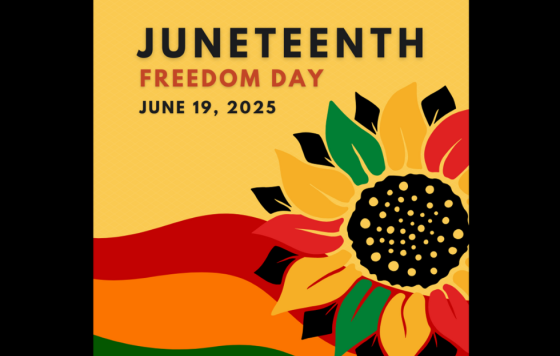
Polls consistently show that people consider drinking water one of the most important public health and environmental issues we face. But policies at the local, state, and federal level do not always reflect this. We think that should change and that we need to act like drinking water matters, we need to put drinking water first. This approach is at the core of Clean Water Action’s programs and campaigns.
Human activity causes most water pollution. Turning on the faucet, flushing the toilet, growing food, turning on the lights, driving to work, making products, and building communities — all are activities that impact our water.
You might think government planning, management, and decision-making would limit risks to our water and drinking water sources. However, that isn’t always the case. Instead, contamination and destruction of our drinking water sources can happen as a result of these decisions (or the lack of them). Communities deal with the consequences; taxpayers foot the bill to clean up the mess either at the source or at the water treatment plants.
Putting drinking water first means just that – do what we can through laws and regulation to prevent as much water impact as possible and making the right decisions in our own homes and backyards. This is the efficient and cost-effective approach. Consumers, taxpayers, and water systems all save money, have cleaner water to drink and recreate on, and less risks to our health.
The Clean Water Act, the Safe Drinking Water Act and other landmark laws passed in the 1970’s with Clean Water Action’s help all have the potential to help us put drinking water first. Unfortunately, these laws do not cover all activities that threaten drinking water sources.
The agriculture industry, the largest water polluter in the country, is largely exempt from Clean Water Act protections/programs. When it rains, nutrient-rich fertilizer and animal waste pour into nearby streams and rivers, contributing to toxic algal outbreaks and dead zones downstream. This pollution also seeps into groundwater, which is the drinking water source for 75% of Minnesotans. Because of those exemptions, industrial agriculture’s nitrogen and phosphorous pollution is among the biggest obstacles to fishable, swimmable, drinkable water.
Since 2005, when the oil and gas industry persuaded Congress to vote yet again in its favor, hydraulic fracturing (fracking) has been exempt from the Safe Drinking Water Act. That exemption means drillers do not need permits under the Act’s Underground Injection Control Program (UIC). Those permits are supposed to help protect our groundwater drinking water sources.
Big Oil & Gas as an industry also enjoys an impressive number of other exemptions from federal environmental laws. For example, the industry’s activities are exempt from several parts of the Clean Water Act. Many of those exemptions were granted long before hydraulic fracturing technology was widespread.
The water pollution risks from gas and oil development or from Big Ag are not significantly different from risks posed by other activities that do not enjoy such exemptions. It is just that the industries have been remarkably successful at getting special treatment under the law. Energy production and agriculture are important, but federal clean water laws and other environmental protections exist for a reason: to protect our health.
Most people would agree that nothing is more important than drinking water and that activities that threaten drinking water should be subject to those water and health protection laws all the time, and we should not exempt certain industries and not others.
It is time to end the exemptions and special treatment. When we apply the law equally and protect our water from all activities pollute them, it saves us money, keeps our communities healthier, and enjoy our lakes and rivers without worrying we are exposing ourselves to harmful toxins. That is what it means to act like drinking water matters and that what it means to be Putting Drinking Water First.


